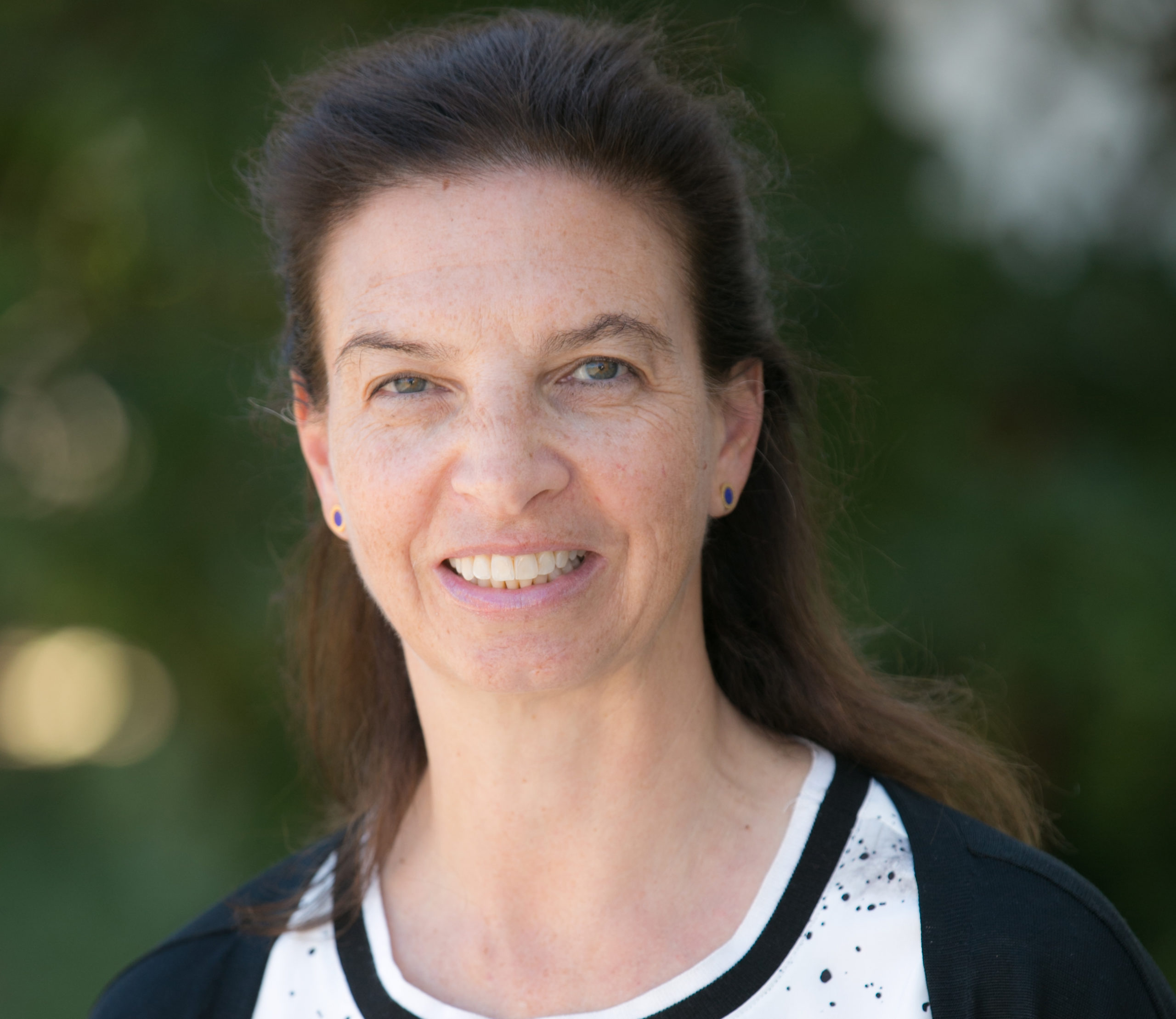Sharon Meron is working with the City of Long Beach to create a new, integrated approach to combat homelessness. Here’s what she’s learned about getting stakeholder buy-in when you’ve got new ideas to introduce.
Engage the Team to Build Momentum
Sometimes it’s a challenge to get people involved in a project when you’re new. To get an understanding of who I’d be working with before I started in my role, I met with my managers to get a sense of who my collaborators would be. And I got lucky to be working with people who are open to innovating and willing to try new approaches.
The more people felt that our work together was important, the more momentum we gained together. Almost a year into the project, I’m still building towards progress, and still working on getting people even more engaged. I’m always asking my team: “Who else needs to be there? Who should we invite to have a productive conversation?” It feels like the city is buzzing about this project now, and I’m being invited to team meetings about innovation. The more we can keep the momentum going, the easier it will be to keep going.
Make Their Jobs Easier
It’s important for me not to pile on new work for people. For example, I wanted to create an infographic for one of my projects, showing the gaps in the system to help paint a picture of how much shelter the city needs for the homeless. I needed to ask the person tasked with this work, who already has a lot on her plate, but didn’t want to burden her. But once she started seeing what the infographic was going to look like, she got excited about doing it. I gladly accepted her suggestions and tried not to add extra work for her.
Offer to Help With New Ideas
I want to be an integral part of my team and be seen as someone who is helpful. And because I am very aware of how hard my team is already working, I have volunteered to take on some of the work that typically goes to them.

For example, part of my job was to help organize a summit on homelessness that had already been planned, with an agenda that was mostly presentation-based. So I offered to help by designing a new plan that would include active workshopping and breakout discussion groups in order to give the appropriate people a chance to collaborate.
That summit created the basis for working groups that continue to meet and work on specific issues together, such as hospital discharges, or prevention tactics. That way, current staff will keep engaged even after my fellowship has ended. We have put a team together to oversee implementation of the plan, which includes the housing department, the downtown business district, one of the local churches, the hospitals, the police, and the fire department.
That has always been my working style, to put forth new ideas backed up by evidence through issue briefs, write memos to drive the process forward, and offer those new approaches for consideration. This way, there’s a map of what’s ahead, and how to keep moving.
And that’s what it’s going to take to combat homelessness in Long Beach: bringing together the right stakeholders, and introducing these private-sector approaches that are tried-and-true. I’m extremely lucky to be working in an agency that is open to innovation.
Curious to learn more about our work? See what all our current fellows are up to, and check out our full listing for open 2017-18 fellowships.
